Traveling as a vegetarian can transform from adventure into survival mode, depending on your destination. While some countries embrace plant-based cuisine as part of their cultural fabric, others view meat as an essential component of every meal. These challenging destinations often lack vegetarian infrastructure, use animal products in unexpected places, or simply don’t understand the concept of meatless dining.
Many travelers discover too late that certain countries offer limited options beyond basic salads or plain rice. Here is a list of 15 countries where vegetarians often struggle to find satisfying, nutritious meals.
Mongolia

Traditional Mongolian cuisine revolves entirely around meat and dairy products, reflecting the nomadic herding culture that has sustained the population for centuries. Even seemingly vegetarian dishes often contain hidden meat broths or small pieces of mutton that locals consider essential for flavor. The harsh climate and limited growing season mean fresh vegetables remain scarce and expensive throughout much of the year.
Restaurant menus typically feature variations of the same meat-heavy dishes, with vegetables serving as minor garnishes rather than main components. Most Mongolians find the concept of voluntary vegetarianism confusing, as meat represents both nutritional necessity and cultural identity. Travelers might find imported canned vegetables in larger cities, but rural areas offer virtually no plant-based protein sources beyond dairy products.
Kazakhstan

Kazakh cuisine heavily emphasizes horse meat, beef, and lamb, with vegetables playing minimal roles in traditional cooking. The national dish, beshbarmak, consists of boiled meat served over pasta, representing the protein-centric approach that dominates local food culture. Even dishes that appear vegetarian often contain meat broths or rendered animal fats that locals may not even think to mention.
The Soviet agricultural legacy left Kazakhstan with limited vegetable cultivation infrastructure compared to its vast livestock operations. Most restaurants cater to local preferences for hearty meat dishes, while vegetarian options remain relegated to basic salads or bread. Finding plant-based protein sources like legumes or nuts can be particularly challenging outside of major urban centers.
Like Travel Pug’s content? Follow us on MSN.
Paraguay
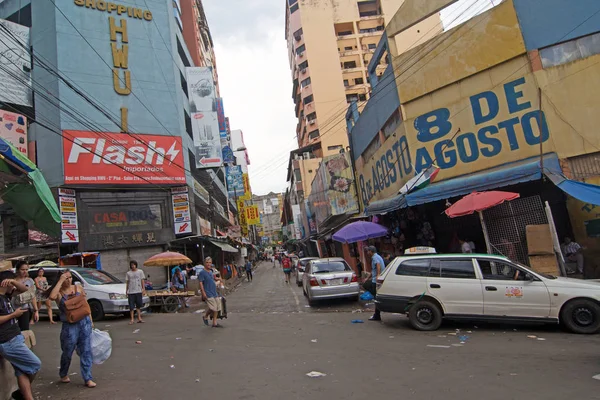
Paraguayan cuisine centers around beef consumption, with the country maintaining one of the world’s highest per-capita meat consumption rates. Traditional dishes like asado and milanesa feature prominently on every menu, while vegetables typically serve as side dishes rather than main course components. The cultural importance of communal meat-eating makes vegetarian dining feel socially isolating rather than simply dietary.
Local cooking methods often involve using beef fat or chicken stock in dishes that might otherwise be vegetarian-friendly. Rice and pasta dishes frequently contain small amounts of meat that waiters may not think to mention when describing ingredients. The limited restaurant variety in smaller cities means vegetarians often face the same few unsatisfying options repeatedly throughout their stay.
Kyrgyzstan
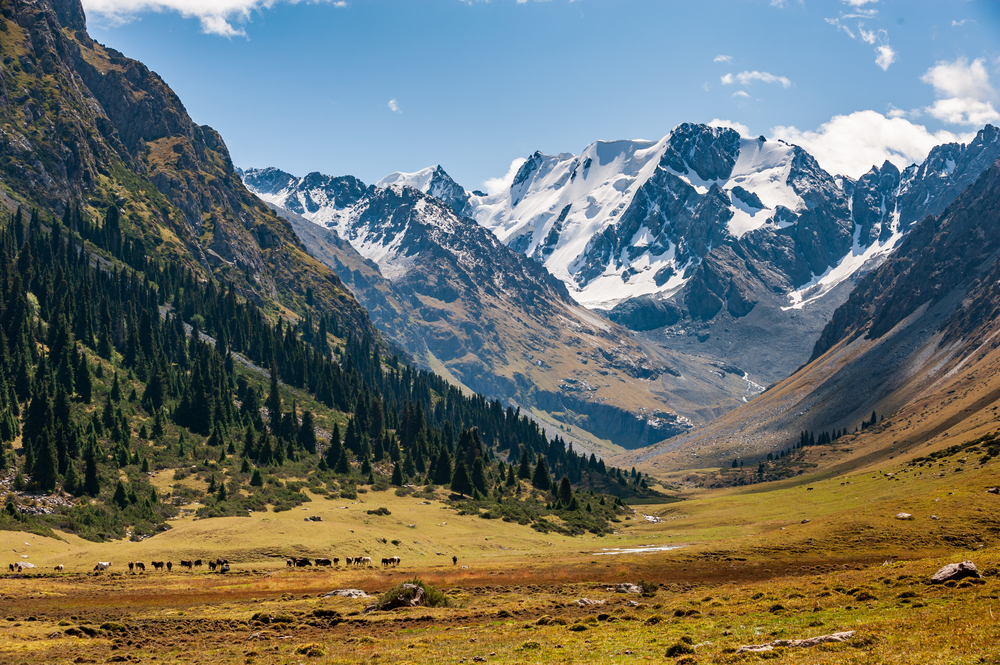
The mountainous terrain and pastoral lifestyle of Kyrgyzstan have created a food culture almost entirely dependent on animal products. Traditional dishes like lagman noodles and manti dumplings always contain meat, while dairy products form the foundation of most other meals. The short growing season and high altitude limit vegetable production to hardy crops like potatoes and onions.
Most restaurants operate with the assumption that all customers eat meat, making special dietary requests difficult to communicate and fulfill. Even bread often contains animal fats, while soups invariably use meat-based broths as their foundation. Vegetarians might find basic vegetables in markets, but prepared food options remain extremely limited throughout the country.
Iceland

Despite its progressive reputation, Iceland presents significant challenges for vegetarians due to its limited agricultural capacity and strong fishing traditions. The short growing season and volcanic soil restrict local vegetable production, making fresh produce expensive and often imported from great distances. Traditional Icelandic cuisine focuses heavily on fish, lamb, and fermented meats that reflect the country’s harsh survival conditions.
Restaurant menus typically feature seafood and meat as primary options, with vegetarian dishes often consisting of basic salads or soup. The high cost of living makes dining out expensive for everyone, but vegetarians face additional challenges in finding filling, nutritious meals that justify the premium prices. Even health food stores carry limited selections of plant-based proteins compared to other Nordic countries.
Like Travel Pug’s content? Follow us on MSN.
Faroe Islands

The remote Faroe Islands maintain traditional food practices centered around fish, whale, and bird consumption that sustained islanders through harsh winters. Local cuisine reflects the necessity of preserving animal proteins through fermentation and drying, with vegetables historically serving as occasional supplements rather than dietary staples. The short growing season and challenging climate make local vegetable production minimal.
Restaurants primarily cater to tourists interested in experiencing traditional Faroese cuisine, which means seafood and meat dominate every menu. Finding vegetarian options requires careful communication with staff who may not understand dietary restrictions that seem unnecessary given the local abundance of animal proteins. The small population and limited infrastructure mean specialized vegetarian products remain unavailable in most stores.
Uzbekistan
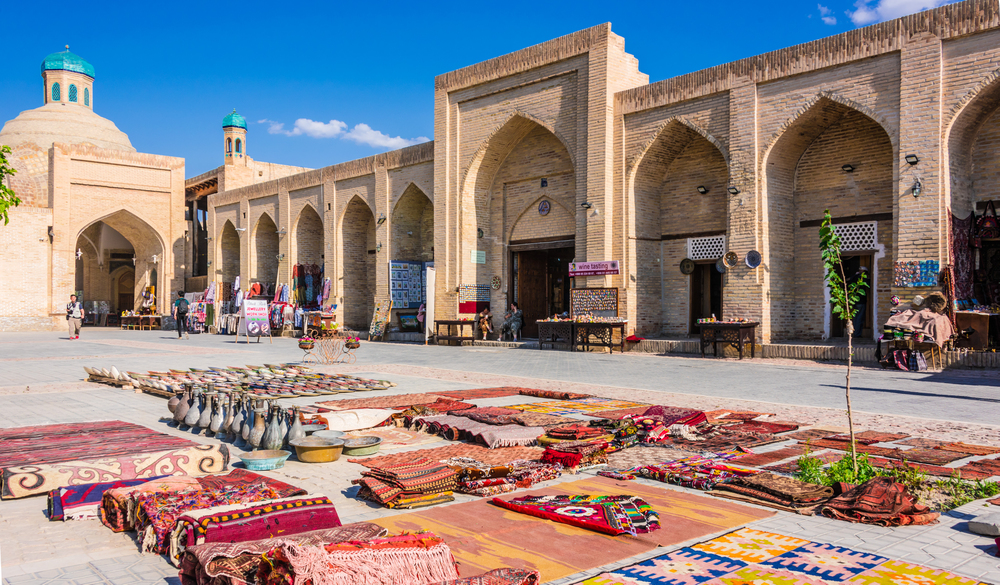
Uzbek cuisine revolves around dishes like plov (rice pilaf with meat) and shashlik (grilled meat skewers) that define the country’s culinary identity. Traditional cooking methods involve using animal fats for flavor enhancement, making even rice dishes potentially problematic for strict vegetarians. The cultural significance of meat-sharing in Uzbek hospitality makes declining animal products socially awkward.
Most restaurants offer limited vegetarian options beyond basic salads or bread, with staff often suggesting fish as a vegetarian alternative. The emphasis on hearty, filling meals means plant-based dishes are often viewed as insufficient or incomplete. Finding protein-rich vegetarian foods like legumes or nuts requires visiting specialized markets that may not exist in smaller cities.
Tajikistan
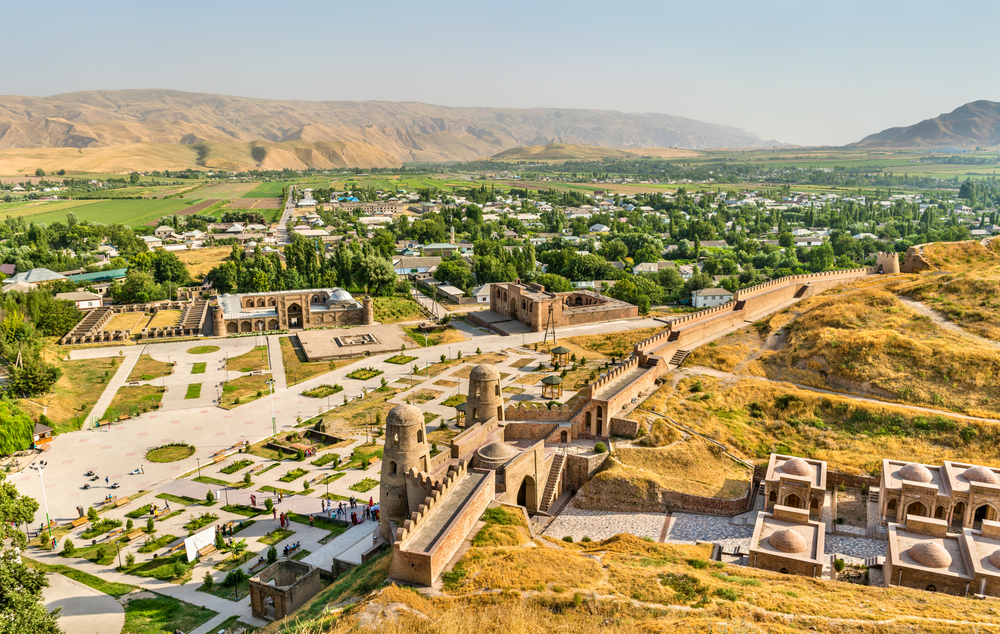
Tajik cuisine emphasizes meat dishes like qurutob and shish kebab that reflect the country’s pastoral traditions and mountainous geography. Rice dishes typically contain meat or meat broths, while vegetables serve primarily as accompaniments rather than main ingredients. The limited economic development has restricted restaurant variety, with most establishments offering similar meat-focused menus.
Traditional cooking methods often involve clarified butter or animal fats that enhance flavor but create hidden non-vegetarian ingredients in seemingly plant-based dishes. The challenging economic conditions mean specialized dietary accommodations remain a low priority for most food establishments. Vegetarians might find basic ingredients in markets, but prepared vegetarian meals remain scarce throughout the country.
Like Travel Pug’s content? Follow us on MSN.
Turkmenistan

Turkmen cuisine centers around dishes like shaslik and dograma that celebrate the country’s nomadic heritage and livestock traditions. Most traditional foods involve mutton, beef, or horse meat prepared with minimal vegetable accompaniments. The desert climate and limited water resources restrict agricultural diversity, making fresh vegetables seasonal luxuries rather than dietary staples.
Restaurants typically offer variations of the same meat-heavy dishes, with vegetarian options often limited to plain rice or bread. The closed nature of Turkmen society means international cuisine and dietary trends have had minimal influence on local food culture. Finding vegetarian protein sources or specialized plant-based products requires considerable effort and may prove impossible outside the capital city.
Chad

Chadian cuisine reflects the country’s pastoral traditions and economic limitations, with meat serving as both a protein source and a status symbol. Traditional dishes like daraba (meat stew) and grilled meats dominate local food culture, while vegetables often appear only during brief seasonal harvests. The challenging economic conditions mean most restaurants offer basic meat dishes without considering alternative dietary preferences.
Food preparation methods frequently involve animal fats or meat broths that locals consider standard ingredients rather than noteworthy additions. The limited infrastructure and economic challenges mean imported vegetarian products remain unavailable or prohibitively expensive. Vegetarians might find basic grains and seasonal vegetables in markets, but prepared meatless meals require considerable planning and communication.
Central African Republic
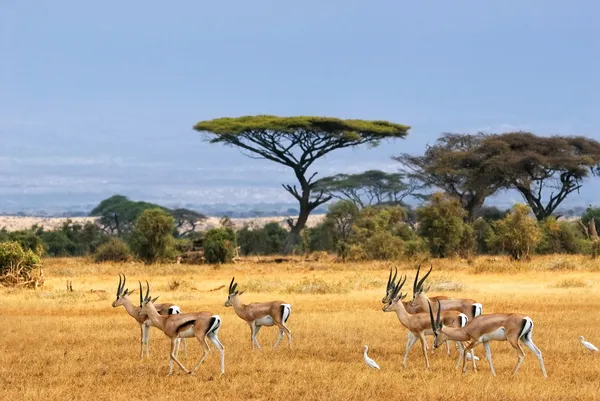
The Central African Republic’s food culture emphasizes bushmeat and domestic animal consumption as primary protein sources, with vegetables serving as seasonal supplements when available. Traditional dishes like nyama na loso (meat with vegetables) always feature animal proteins as central components. The ongoing political instability has disrupted agricultural development and restaurant infrastructure.
Most dining establishments operate as simple local eateries that serve standard meat-based meals without accommodating special dietary requests. The limited economic opportunities mean specialized vegetarian products or international cuisine remain absent from most areas. Vegetarians face challenges finding adequate protein sources and may need to rely heavily on imported canned goods when available.
Like Travel Pug’s content? Follow us on MSN.
Mauritania

Mauritanian cuisine reflects the country’s nomadic traditions and desert environment, with camel, goat, and sheep meat forming the foundation of most meals. Traditional dishes like thieboudienne often contain fish or meat even when vegetables are present, making purely plant-based options rare. The harsh climate limits agricultural production to certain regions and seasons.
Restaurant options remain limited throughout much of the country, with most establishments serving traditional meat-focused dishes to local clientele. The cultural importance of meat consumption in Mauritanian society makes vegetarian dining requests unusual and sometimes confusing for restaurant staff. Finding adequate plant-based nutrition requires careful planning and may involve purchasing basic ingredients for self-preparation.
Somalia

Somali cuisine traditionally emphasizes camel, goat, and fish consumption, with vegetables playing minor roles except during seasonal harvests. Popular dishes like suqaar (grilled meat cubes) and fish stews dominate restaurant menus throughout the country. The ongoing security challenges have limited restaurant development and international culinary influences.
Traditional cooking methods often incorporate animal fats or broths into dishes that might otherwise be suitable for vegetarians. The emphasis on portable, protein-rich foods reflects Somalia’s nomadic heritage and challenging environment. Vegetarians might find basic grains and occasional vegetables in local markets, but prepared meatless meals remain scarce and difficult to locate.
South Sudan
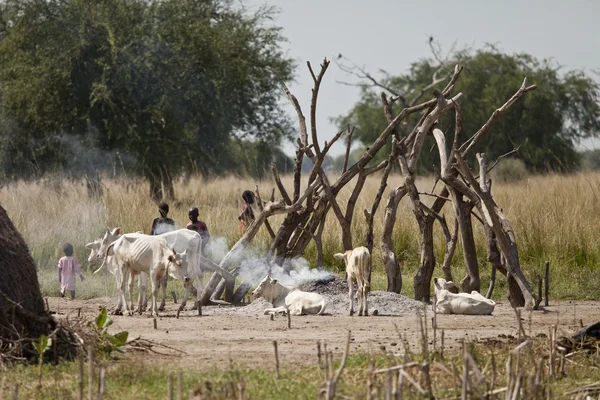
South Sudanese cuisine centers around cattle culture and meat consumption, with dishes like nyama choma (grilled meat) representing both sustenance and cultural celebration. The ongoing economic and political challenges have limited restaurant infrastructure and food variety throughout the country. Traditional foods emphasize animal proteins with minimal vegetable components.
Most dining options consist of basic local establishments that serve standard meat dishes without considering alternative dietary preferences. The limited agricultural development and infrastructure challenges mean specialized vegetarian products remain unavailable in most areas. Finding adequate plant-based nutrition requires significant planning and may involve purchasing basic ingredients from limited market selections.
Like Travel Pug’s content? Follow us on MSN.
Afghanistan

Afghan cuisine features meat-heavy dishes like kabuli pulao and various kebabs that reflect the country’s mountainous geography and herding traditions. Rice dishes typically contain meat or meat broths, while bread serves as the primary vegetarian staple available in most meals. The ongoing political and economic challenges have limited restaurant variety and international dietary influences.
Traditional cooking methods often involve clarified butter or meat fats that enhance flavor but create hidden animal products in seemingly vegetarian dishes. The cultural significance of meat hospitality makes declining animal proteins socially difficult in many situations. Vegetarians might find basic ingredients like rice and bread readily available, but balanced plant-based meals require considerable effort to locate and prepare.
Navigating Meat-Centric Cultures

Understanding local food cultures helps vegetarian travelers prepare realistic expectations and develop strategies for maintaining their dietary choices while respecting cultural norms. These challenging destinations often reveal the deep connections between geography, climate, and culinary traditions that have sustained populations for generations.
Successful vegetarian travel in such countries requires flexibility, planning, and sometimes accepting that perfect adherence to dietary preferences may need temporary adjustments.
More from Travel Pug

- 20 Best Beach Towns in the Carolinas
- 13 Destinations Where Tourists Regularly Regret Their Trip
- 20 Things You Actually Get in First Class
- 20 Small Airports With Aviation Museums
- 20 Places in the U.S. That Are Perfect for a Reset Trip
Like Travel Pug’s content? Follow us on MSN.
